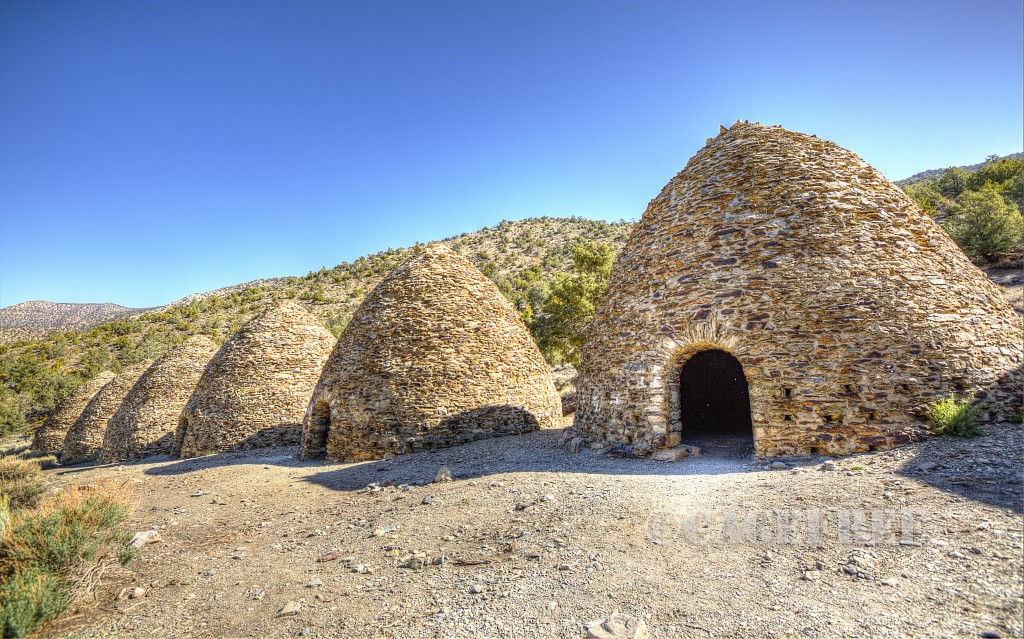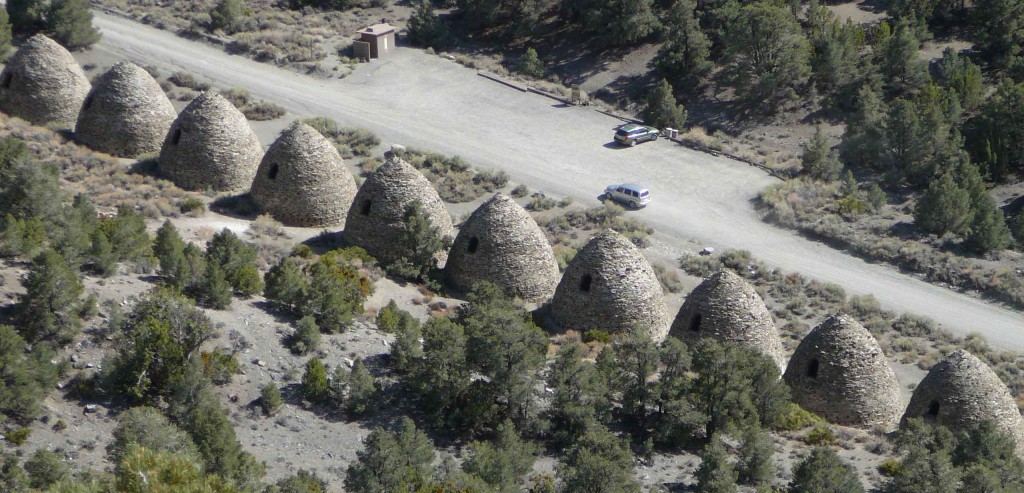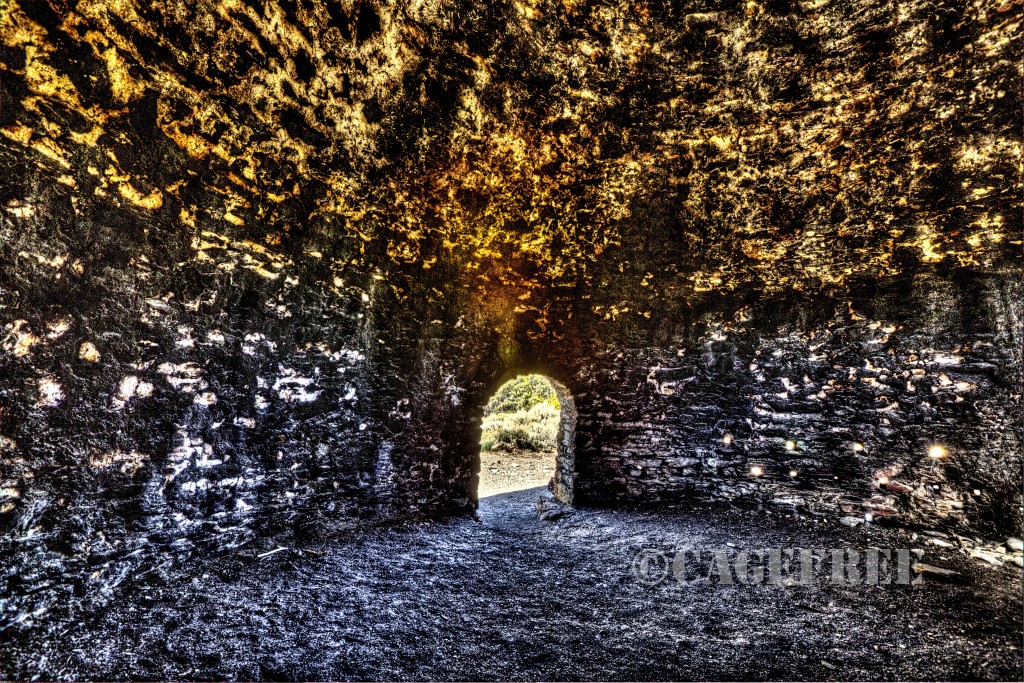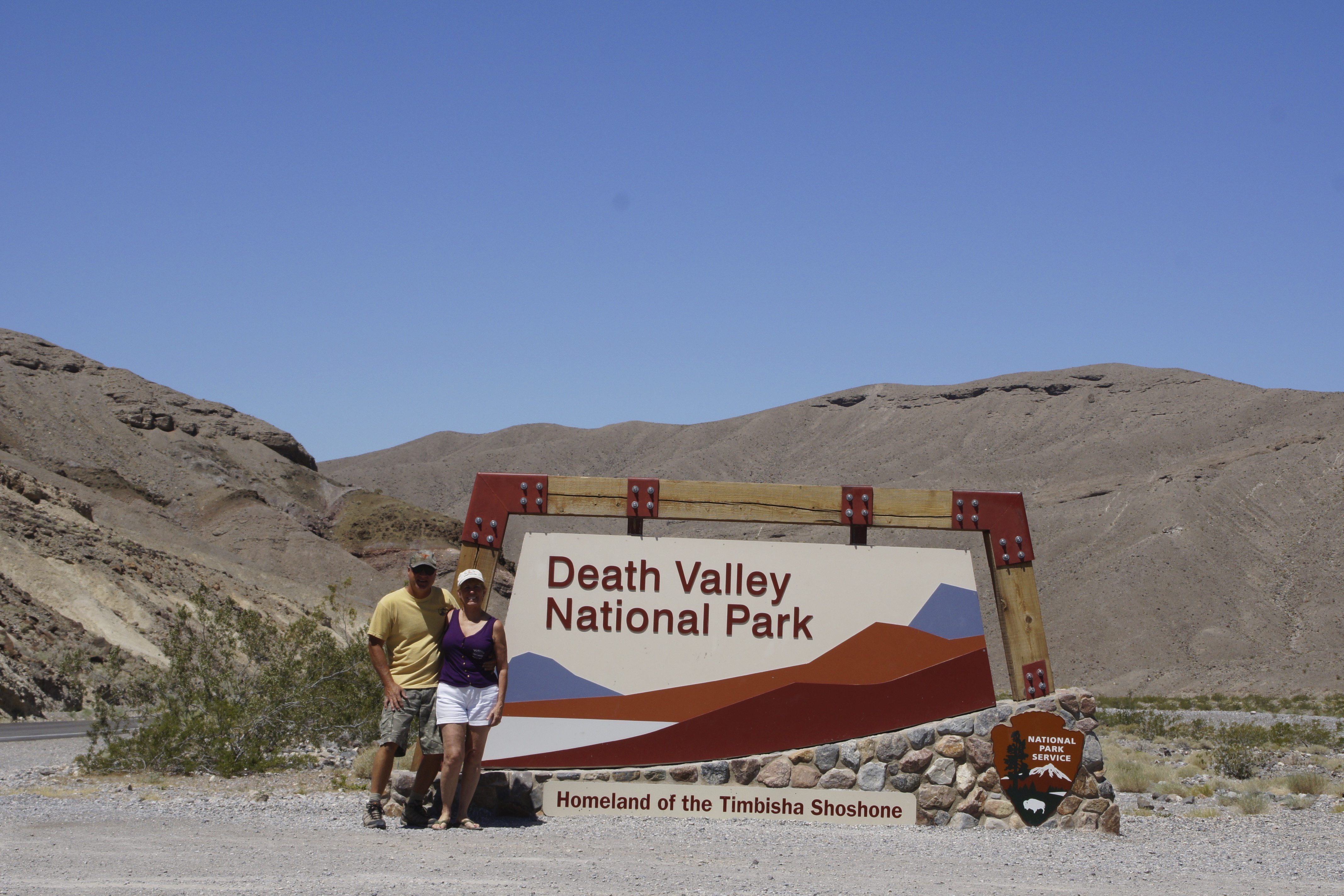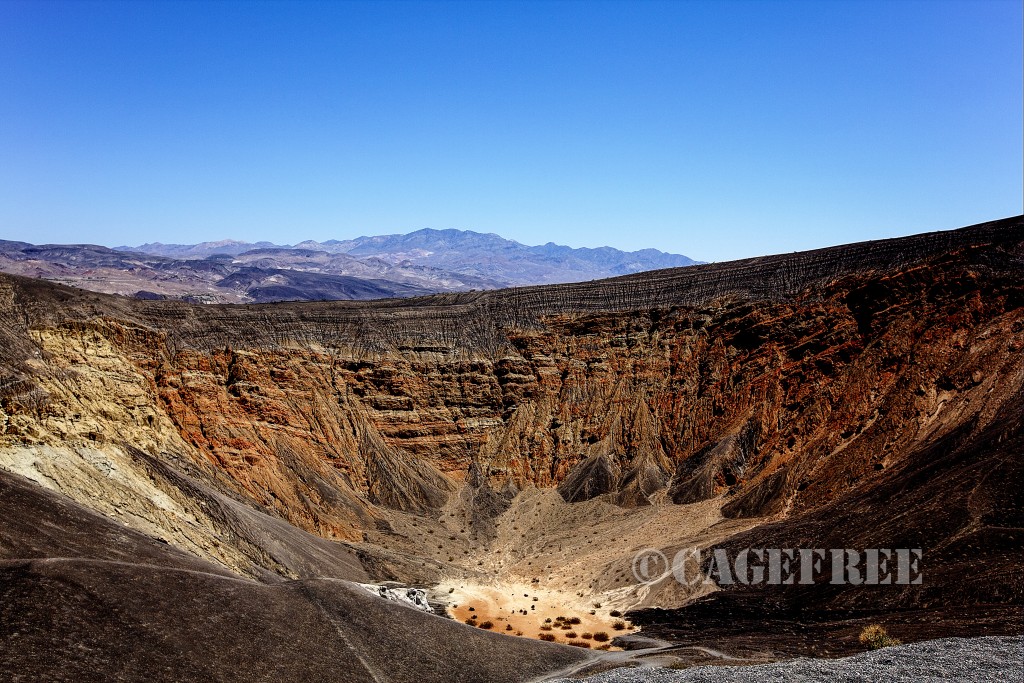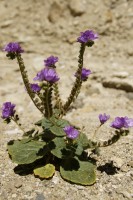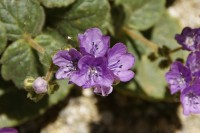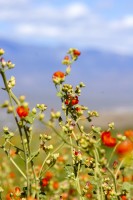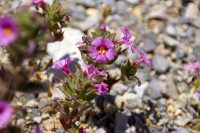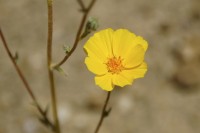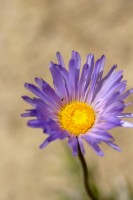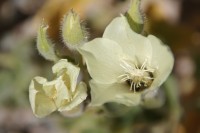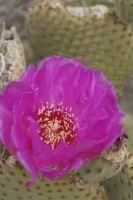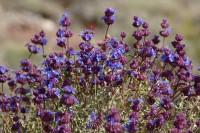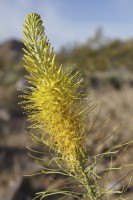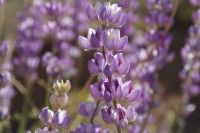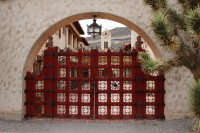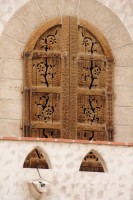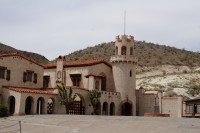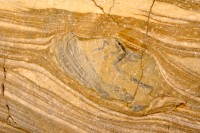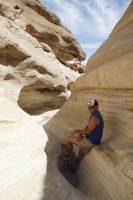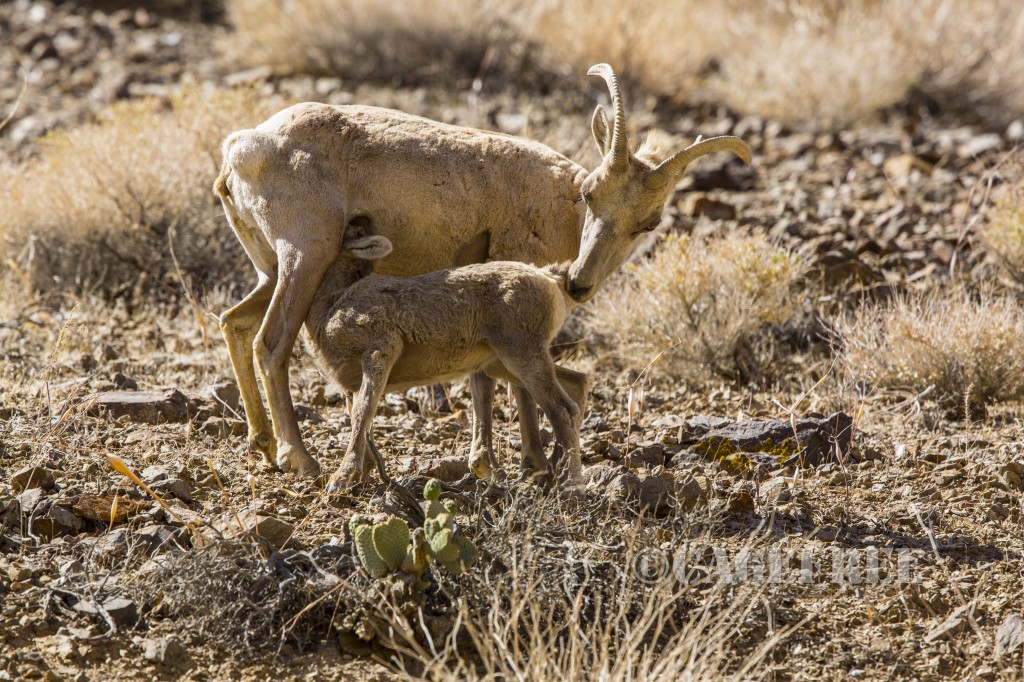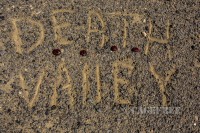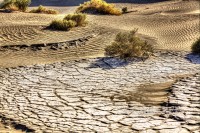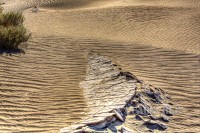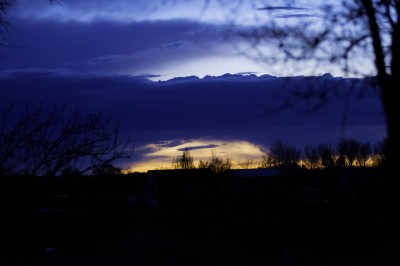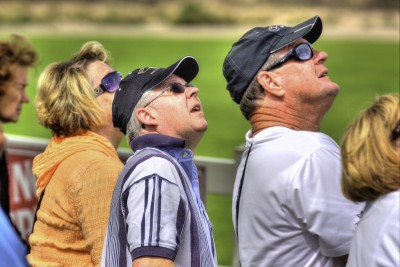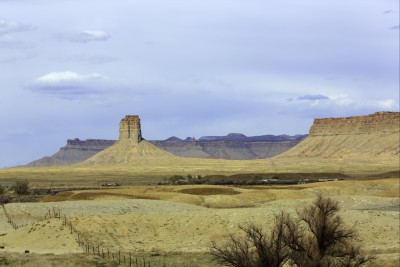Death Valley is a very unique place. We’ve been here twice now, and each time I am more and more intrigued with the terrain. I see something new each time. It’s a long drive from one end of the park to another and many of the trails and jeep roads take hours to explore. You need a couple of weeks here at least.
It is situated in the Mojave Desert and it is the lowest and driest place in North America. It also holds the record for the highest temperatures ON PLANET EARTH.
We stayed this trip at Stovepipe Wells RV park. It is simply a gravel parking lot with full hookups. Across the street they have a nice restaurant and bar, a gift store, the reservation office and behind the motel is the POOL! RV’s patrons also get access to the pool area.
So I’ll just give you some photos to show you around the place if you haven’t already been here.
BEFORE you take off from your basecamp, be sure to check your fuel gauge and maybe even the temperature. Take Plenty of water. Even if you are driving, you never know when your car may break down.
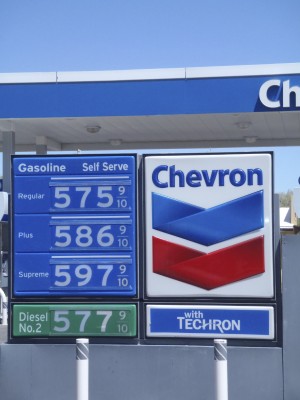
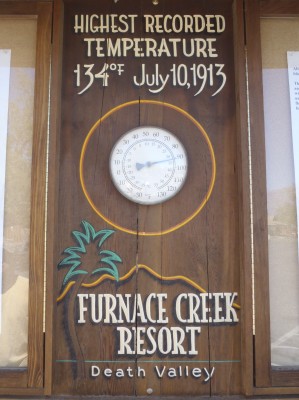
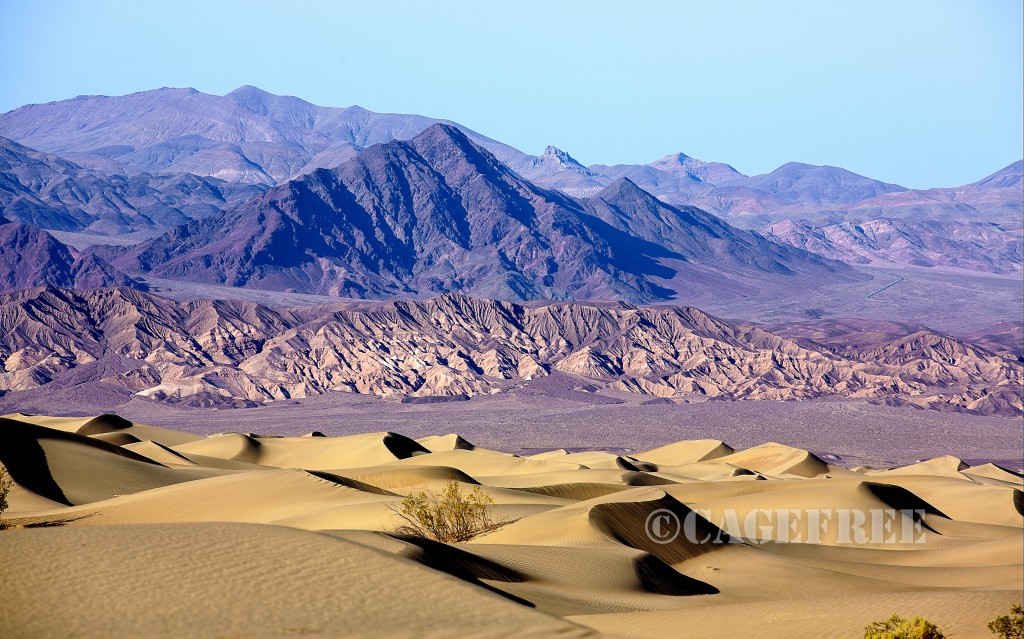
Nearest Stovepipe Wells is the great Sand Dunes area.
- Ubehebe Crater
On the way to The RACETRACK PLAYA, you will come upon TEAKETTLE JUNCTION, It is merely a junction in the unimproved road where many visitors have left messages on an array of teakettles. It’s interesting to read some of the notes left from visitors from all over the world.
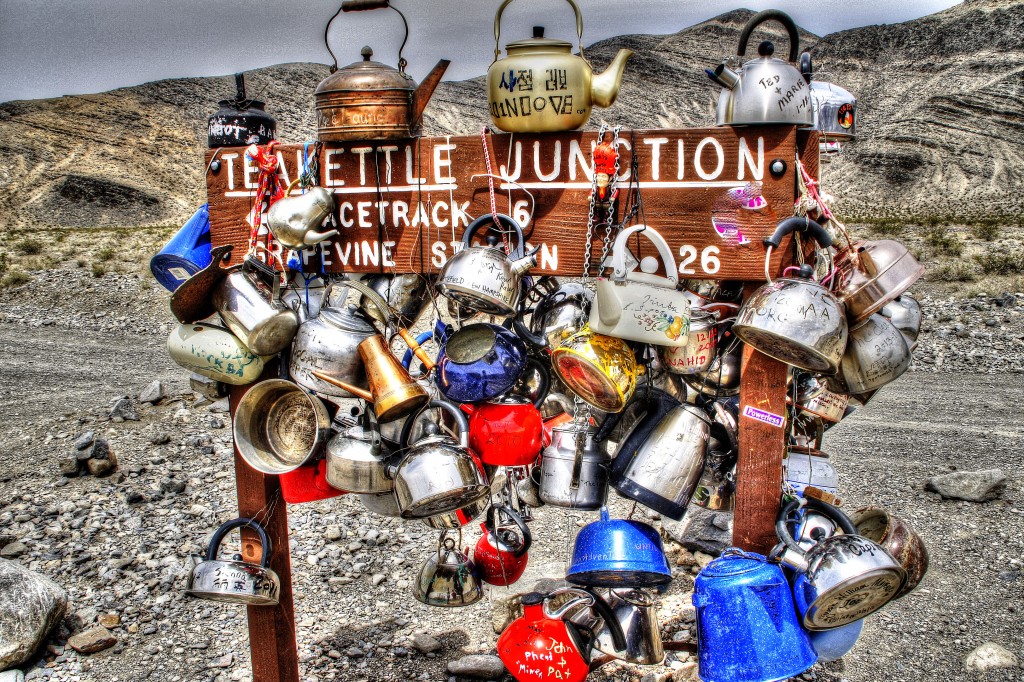
Next we headed out to the Race Track. We were there two years ago and it was well work the three hour drive. Well this year things were different. A HUGE disappointment. Someone stole the Rocks!! not only that , they drove on the playa with a jeep or ATV or Suzuki. It was heartbreaking. Why would someone want to deface a National Park like that. If you have not been here before the Race track is a dry lake bed with large rock in various locations that have tracks in the lake where at some point they have moved, sometimes quite a distance. Here’s what has been written about the location:
“One of the most interesting mysteries of Death Valley National Park is the sliding rocks at Racetrack Playa (a playa is a dry lake bed). These rocks can be found on the floor of the playa with long trails behind them. Somehow these rocks slide across the playa, cutting a furrow in the sediment as they move.
Some of these rocks weigh several hundred pounds. That makes the question: “How do they move?” a very challenging one.
The truth: No one knows for sure exactly how these rocks move – although a few people have come up with some pretty good explanations. The reason why their movement remains a mystery: No one has ever seen them in motion!
BUT when we arrived on APRIL 26th, most of the rocks were missing. You could see where the big rocks were tight in the mud (now dry) and they were removed!
Below are photos of some of the rocks that I took two years ago.
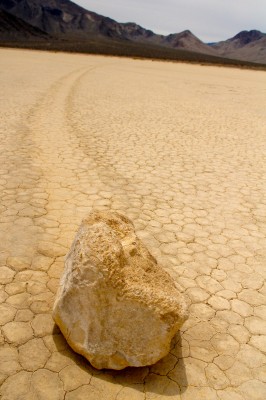
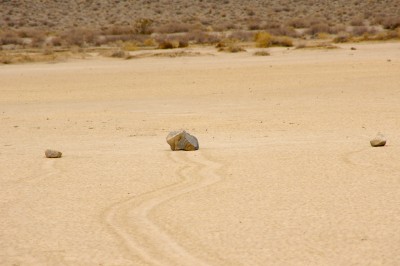
The GRANDSTAND is the only notable rock formation on the playa.
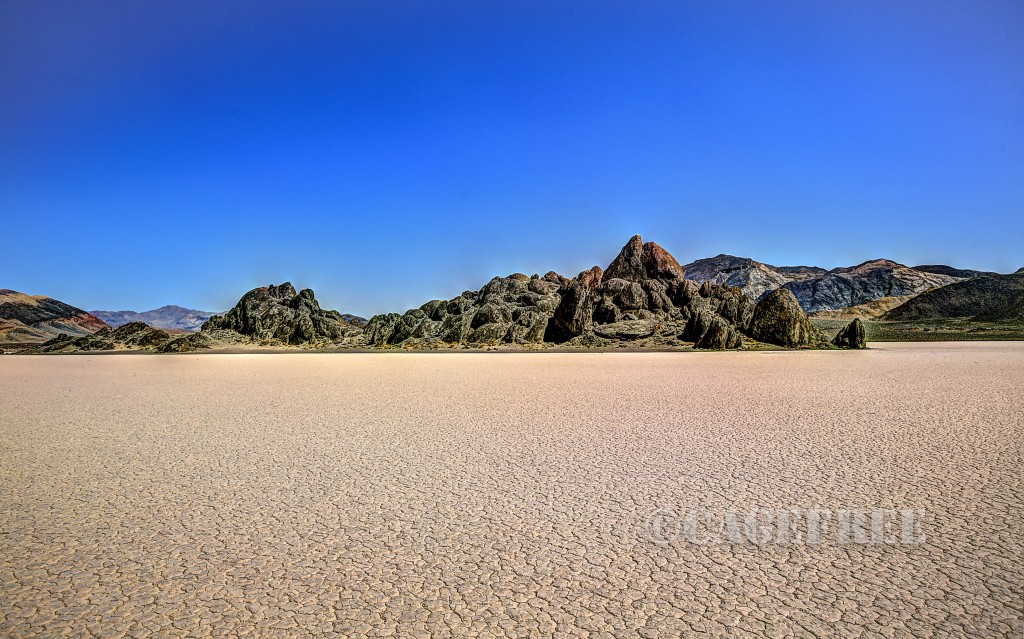
The Desert is not all sand and rocks. Among the rocks and on the flats, you will see many types of flowering plants surviving the dry and hot conditions.
Here are a few of the colorful plants I observed in our travels through Death Valley.
Another Interesting stop is up on the North east part of the park. Hidden in the green oasis of Grapevine Canyon in far northern Death Valley, the Death Valley Ranch, or Scotty’s Castle as it is more commonly known, is a window into the life and times of the Roaring ’20s and Depression ’30s. It was and is an engineer’s dream home, a wealthy matron’s vacation home and a man-of-mystery’s hideout and getaway.
Walter Scott, Death Valley Scotty, convinced everyone that he had built the castle with money from his rich secret mines in the area. Albert Mussey Johnson actually built the house as a vacation getaway for himself and his wife Bessie. Scotty was the mystery, the cowboy, and the entertainer, but he was also a friend. Albert was the brains and the money. Two men as different as night and day, from different worlds and with different visions – who shared a dream.
Take the tour inside and out it’s very interesting to see this place. Everything seems left just as it was. As though they just walked out one day and didn’t return. Check with the park office for times and more information. This summer the place will be closed for a few weeks for repairs and other activities.
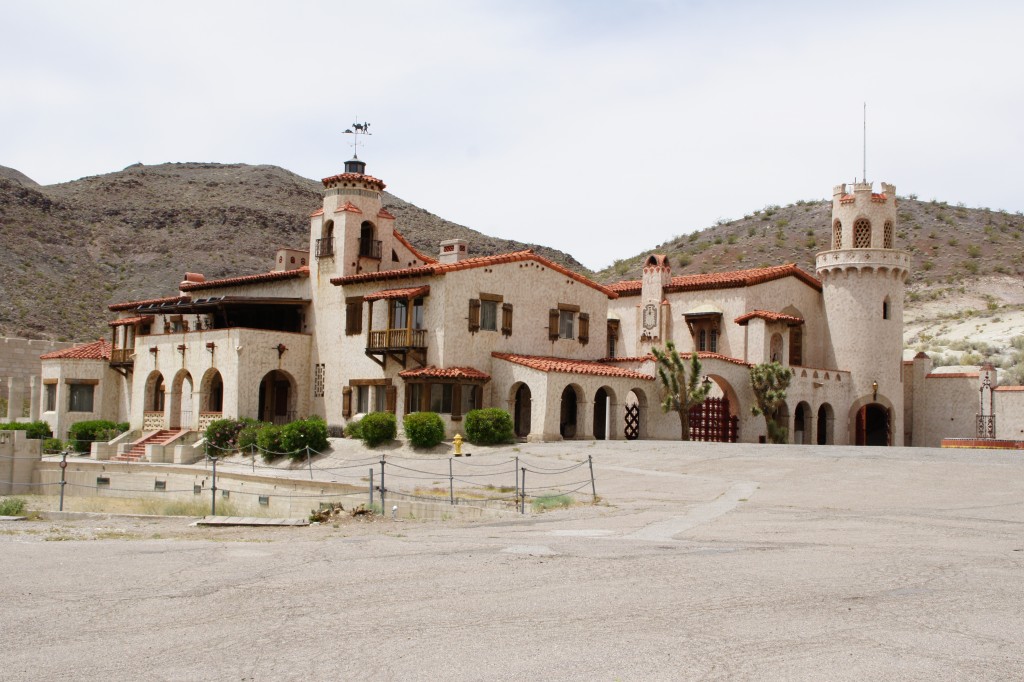
A two to three hour drive into TITUS CANYON for 27 miles is worth taking if you have the time. Titus Canyon has it all—rugged mountains, colorful rock formations, a ghost town, petroglyphs, wildlife, rare plants and spectacular canyon narrows as a grand finale!You can take this trip with a two wheel drive vehicle but it is gravel road for the most part.
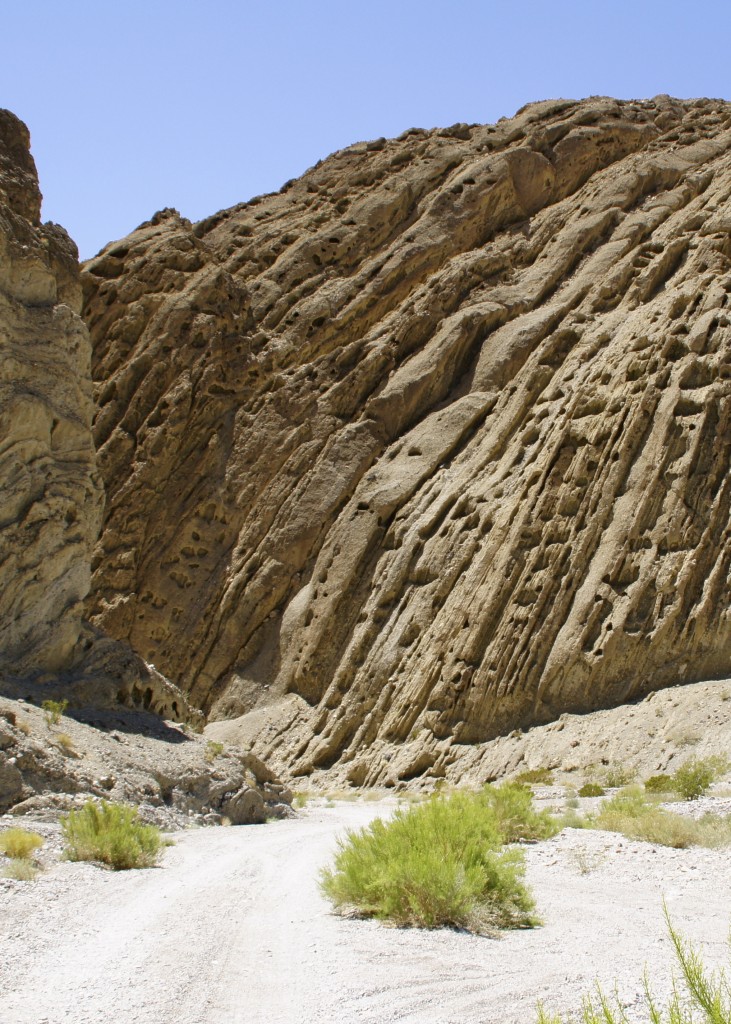
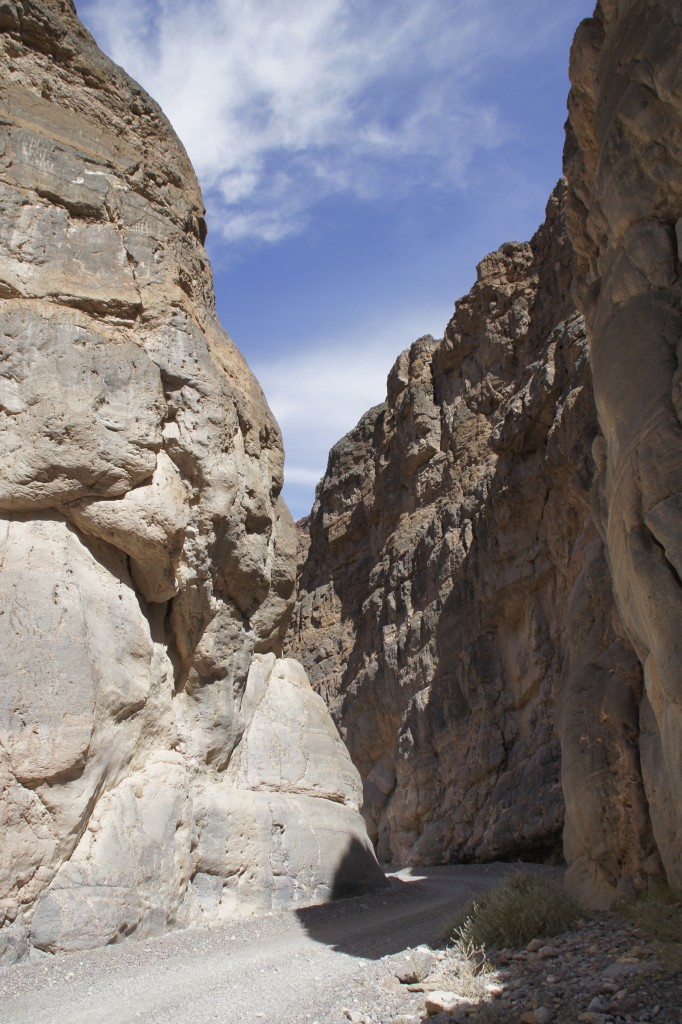
MARBLE CANYON :
The trail is located at the end of the road above Stovepipe Wells. It’s an easy walk through a narrow walled canyon. The amazing rock formations and mosiac like textures is quite worth the early morning walk.
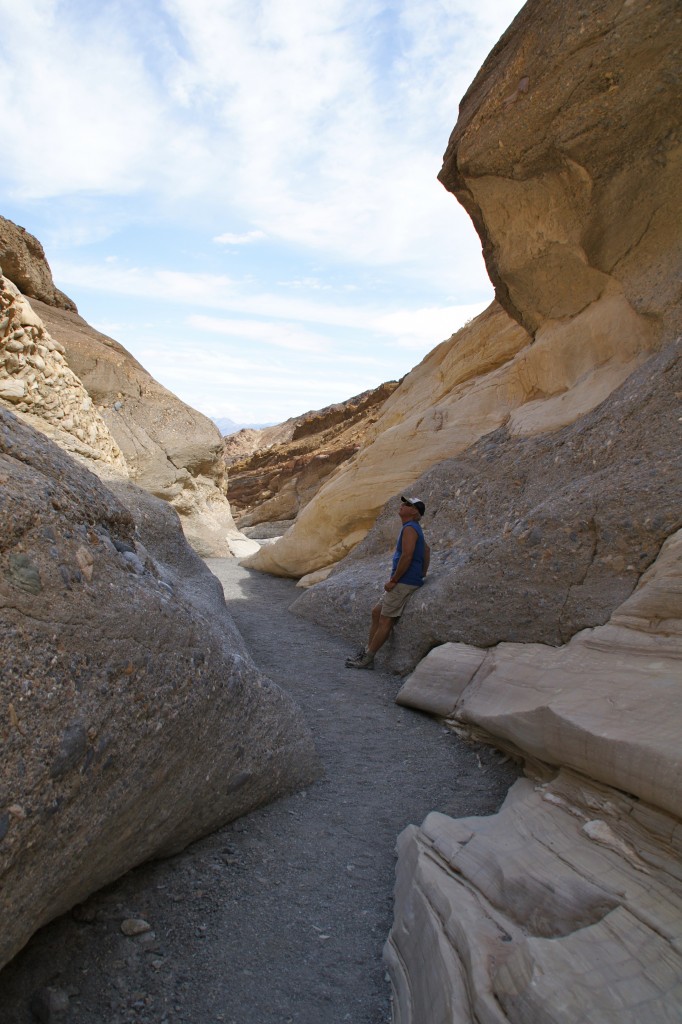
• Zabriskie Point: Surrounded by a maze of wildly eroded and vibrantly colored badlands, this spectacular view is one of the park’s most famous. Zabriskie Point is a popular sunrise and sunset viewing location. The viewpoint is a short walk uphill from the parking area. Located east of Furnace Creek on Hwy 190.
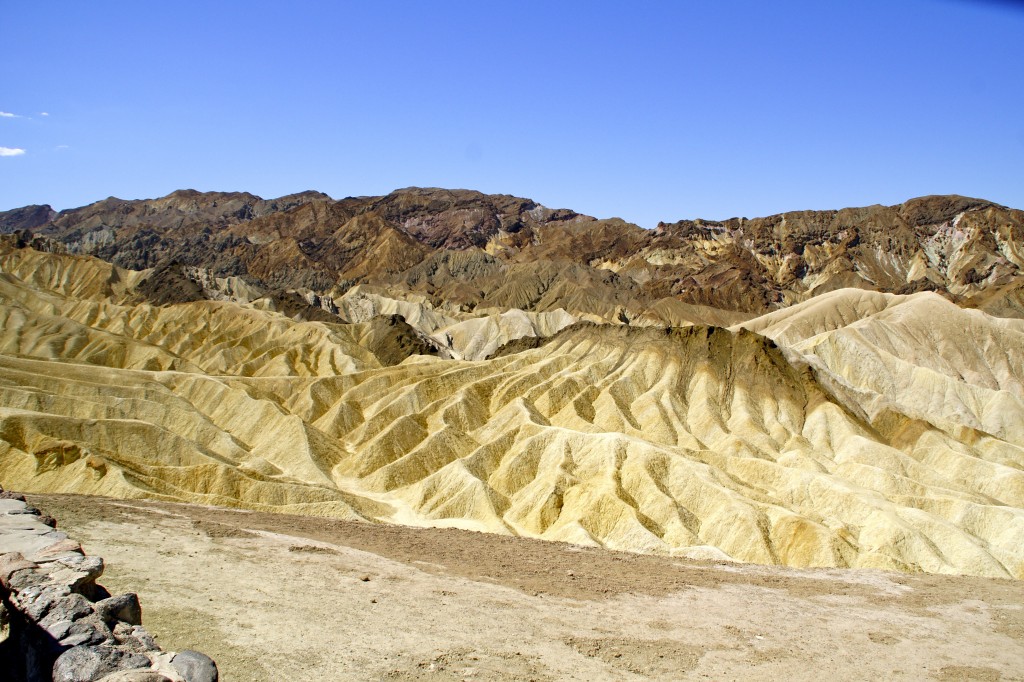

Take the drive up to DANTE’s View and see Badwater from a whole different perspective. This is the most breathtaking viewpoint in the park, this mountain-top overlook is more than 5000 feet above the inferno of Death Valley. It’s a paved road all the way but don’t take your motorhome unless it is under 25 feet long.
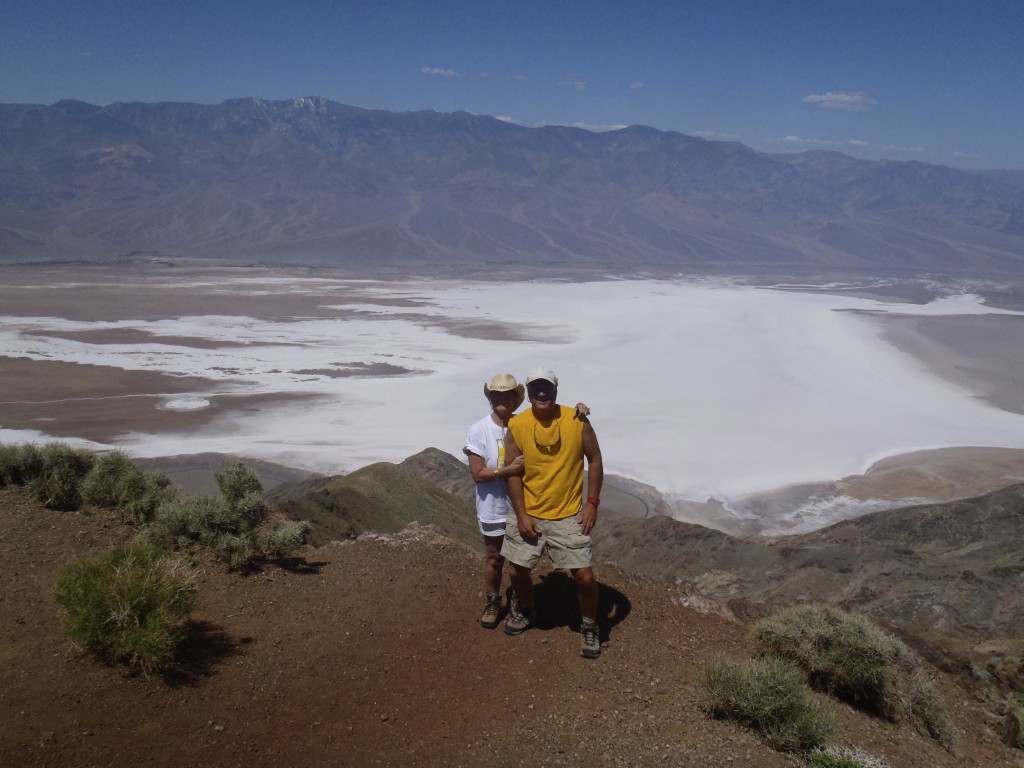
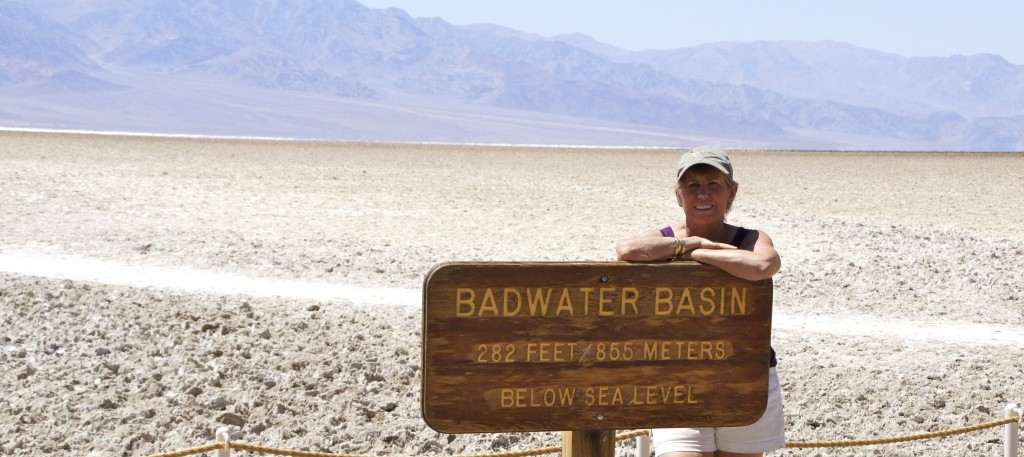
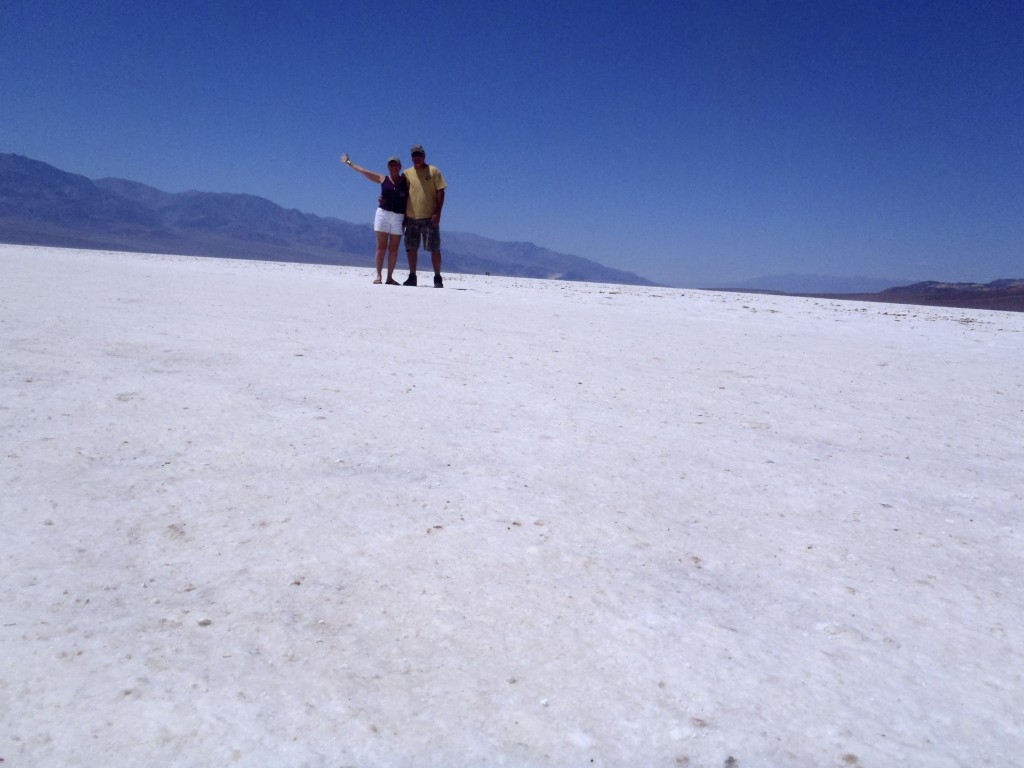
BADWATER, DEATH VALLEY
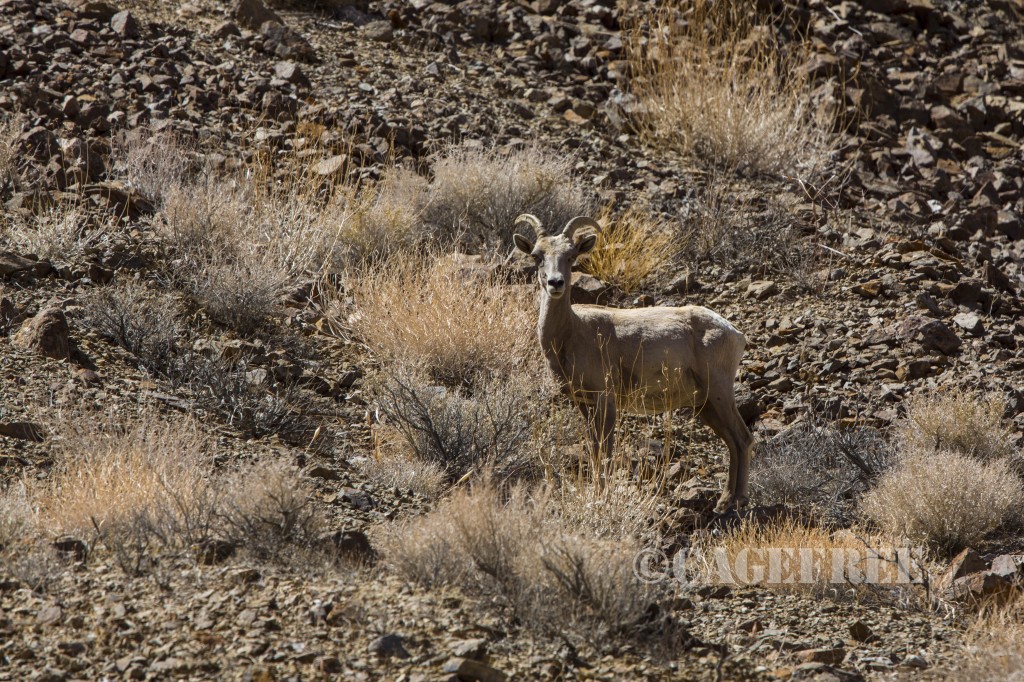
On the way to the Wildrose Charcoal Kilns we came across two Ewes and their babies.
The charcoal kilns complex in Wildrose Canyon are among the more remarkable historical-architectural features of Death Valley National Park. These ten beehive shaped masonry structures, about 25 feet high, are believed to be the best known surviving example of such kilns to be found in the western states.
The Wildrose Charcoal Kilns were completed in 1877 by the Modock Consolidated Mining Company to provide a source of fuel suitable for use in two smelters adjacent to their group of lead-silver mines in the Argus Range west of Panamint Valley, about 25 miles distant from the kilns. Although the mines themselves were worked intermittently until about 1900, there is no clear evidence that the charcoal kilns were operational after 1879. Evidently either other fuel sources were located or it was found to be more profitable to ship the raw ore elsewhere for processing. This short life may help to explain the remarkably good condition of these kilns, more than 100 years after their construction.
One of the incorporators of the Modock Company, operating out of San Francisco, was George Hearst, Father of William Randolph Hearst.
